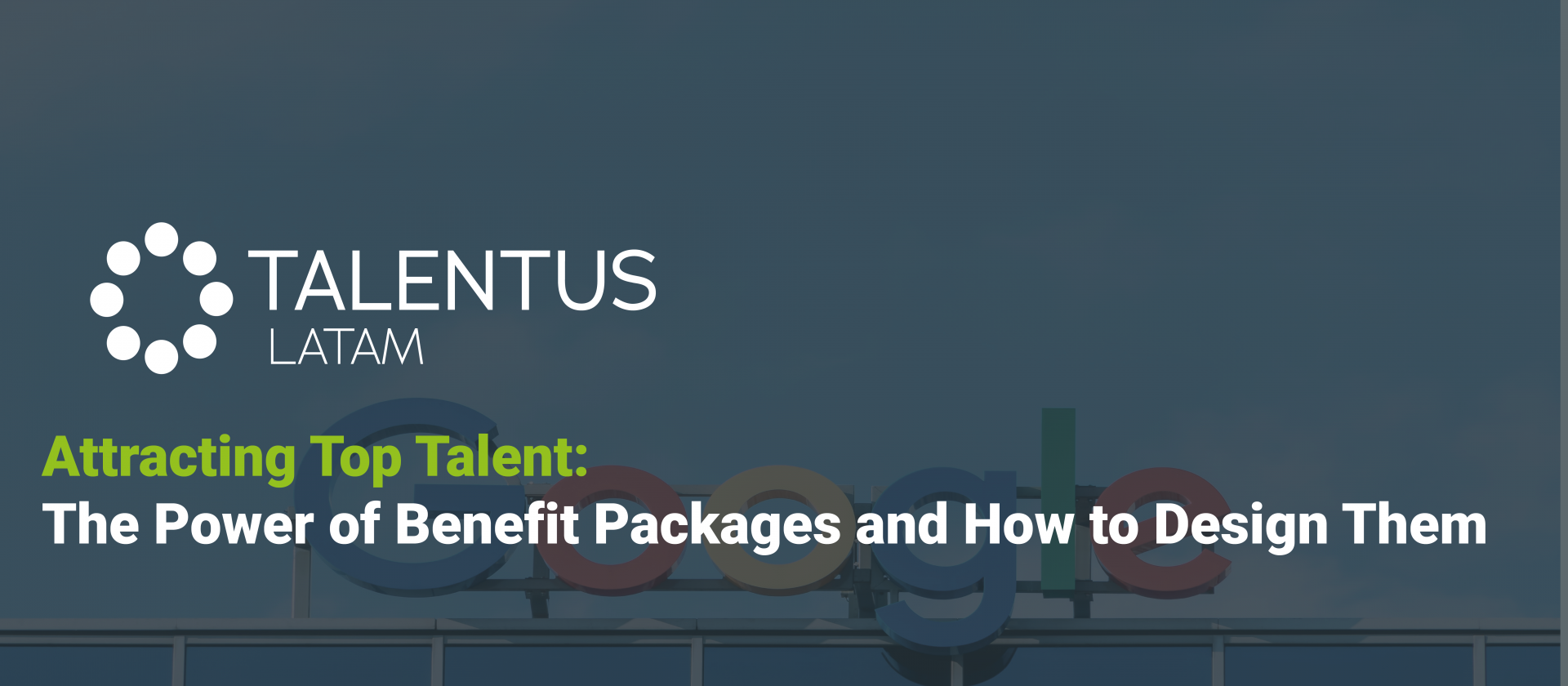In today’s competitive job market, attracting top talent is a constant challenge for employers. Beyond offering competitive salaries, companies are increasingly turning to comprehensive benefits packages to entice and retain the best professionals. In this blog, we’ll explore how benefits packages can be a game-changer in attracting top talent and discuss how to design them effectively.
The Role of Benefits Packages in Attracting Top Talent:
-
Competitive Edge: A robust benefits package can provide a significant competitive edge. When potential employees compare job offers, benefits can be a deciding factor.
-
Employee Well-Being: Benefits that support physical and mental well-being, such as health insurance, wellness programs, and mental health resources, indicate that an employer cares about its employees’ welfare.
-
Financial Security: Retirement plans, stock options, and other financial benefits offer a sense of security and long-term stability, which is highly attractive to top talent.
-
Work-Life Balance: Benefits like flexible working arrangements, paid time off, and childcare assistance are crucial for those who value work-life balance.
-
Professional Growth: Investment in professional development, education, and career advancement opportunities can make your company a top pick for ambitious professionals.
Designing Effective Benefits Packages:
-
Know Your Workforce: Understand the needs and preferences of your current and potential employees. Conduct surveys or focus groups to gain insights into what benefits matter most to them.
-
Competitive Benchmarking: Research your industry and local competitors to ensure that your benefits package is on par or exceeds what other companies are offering. A strong package can make your company stand out.
-
Customization: Create a benefits package that’s adaptable to different life stages and circumstances. Offer a variety of options so that employees can choose what suits them best.
-
Healthcare Coverage: Quality healthcare coverage is a cornerstone of any benefits package. Ensure that you offer comprehensive health insurance, including options for dental and vision care.
-
Retirement Plans: Consider offering a 401(k) plan or similar retirement savings option. Contributions to these accounts can be attractive to candidates planning for their long-term future.
-
Wellness Programs: Wellness initiatives can include gym memberships, wellness challenges, and access to mental health resources. They demonstrate a commitment to employee well-being.
-
Professional Development: Support continuous learning with opportunities for skill development, workshops, conferences, and tuition reimbursement programs.
-
Work-Life Balance: Encourage a healthy work-life balance by offering flexible working hours, remote work options, and generous paid time off.
-
Financial Benefits: Consider additional financial benefits like stock options, profit-sharing, or bonuses to incentivize high performance.
-
Communication: Clearly communicate your benefits package during the recruitment process. Highlight the value of your offerings and the support employees will receive.
-
Accessibility: Make it easy for employees to access and understand their benefits. Consider using user-friendly platforms or hiring dedicated benefits administrators.
-
Regular Review: Periodically review and update your benefits package to ensure it remains competitive and aligned with the evolving needs of your workforce.
Case Study: Google’s Benefits Package:
Google, consistently ranked among the top employers globally, is known for its exceptional benefits package. It includes not only traditional health and retirement benefits but also perks like on-site healthcare, free meals, and access to on-site fitness centers. Google’s comprehensive benefits are designed to attract top talent from various fields and keep them motivated and engaged.
In conclusion, a well-designed benefits package can be a powerful tool in attracting and retaining top talent. It demonstrates your commitment to employee well-being, professional growth, and financial security. When you tailor your benefits to the needs of your workforce and communicate their value effectively, you can set your company apart in the competitive job market. Ultimately, a strong benefits package can be a win-win, benefiting both your employees and your organization.
